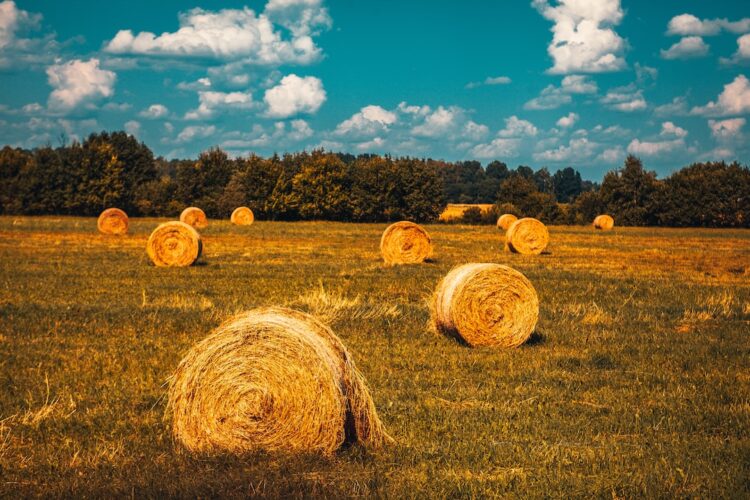Unleashing Your Inner Birder: Beginner’s Guide to Bird Watching
Bird watching, or birding, is a captivating pastime that allows people to connect with nature and experience the beauty of our avian friends up close. This hobby has gained immense popularity over the years, enticing individuals to explore the natural world and discover the countless species that inhabit it. If you’re interested in unleashing your inner birder, here’s a beginner’s guide to help you get started on your journey of bird watching.
The first step in bird watching is to equip yourself with the right tools. Though not essential, a good pair of binoculars can greatly enhance your experience by allowing you to observe birds from a distance without disturbing them. Opt for a pair with good magnification and a wide field of view to make spotting and identifying birds easier.
Next, familiarize yourself with the different kinds of birds that could be spotted in your local area. Field guides specific to your region can serve as valuable resources, providing information on the different species, their habitats, and unique characteristics. Online platforms and mobile applications are also fantastic sources for bird identification, providing audio recordings of their calls and even real-time migration data.
Once you’re equipped with the necessary knowledge, seek out birding hotspots in your area. Local parks, wetlands, and nature reserves are excellent locations to start your bird watching endeavor. These sites are usually home to a wide variety of species, offering you the opportunity to observe numerous birds in their natural habitats. Don’t forget to research the best times of day to visit these areas, as early mornings and late afternoons tend to be when birds are most active.
Once you arrive at your chosen birding location, take some time to simply observe and listen. Birds can be quite elusive, so be patient and allow yourself to become attuned to the sounds and movements of the surrounding environment. Experienced birders often rely on their sense of hearing to identify birds by their distinct calls, so pay attention to the melodies around you.
Identifying birds can be a fascinating challenge, but don’t expect to become a master overnight. Start by focusing on the most common species in order to build your confidence and identification skills. Take note of their physical characteristics, such as size, coloration, beak shape, and distinguishing marks. Pay attention to their flight patterns and behaviors, as these can also aid in identification.
In addition to identification, keep a record of the birds you spot during each outing. Maintaining a birding journal allows you to track your progress, list your sightings, and jot down any interesting behaviors or unique observations. Not only does this make for a rich log of memories, but it also supports conservation efforts by contributing valuable data to citizen science projects.
As you delve deeper into bird watching, you may find yourself becoming part of a larger birding community. Joining local birding clubs or online forums can connect you with fellow enthusiasts who can offer guidance, share experiences, and provide insight into rare bird sightings. Engaging with a community of like-minded individuals can heighten your passion for birding and present opportunities for group outings or birding festivals.
Unleashing your inner birder is an invitation to explore the endless wonders of the natural world. With the right tools, knowledge, and a sense of adventure, you’ll embark on a journey that will not only enrich your life but deepen your appreciation for the intricate beauty of our avian friends. So, grab your binoculars, head outdoors, and let your bird watching adventure take flight!












